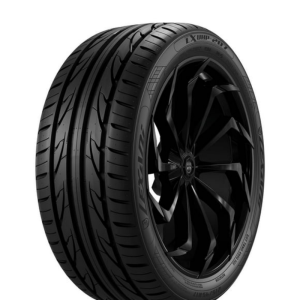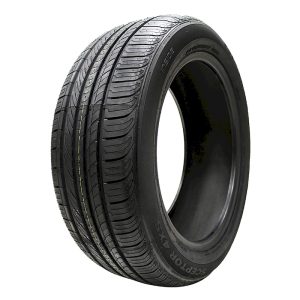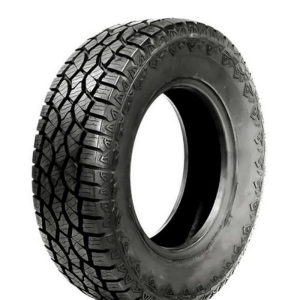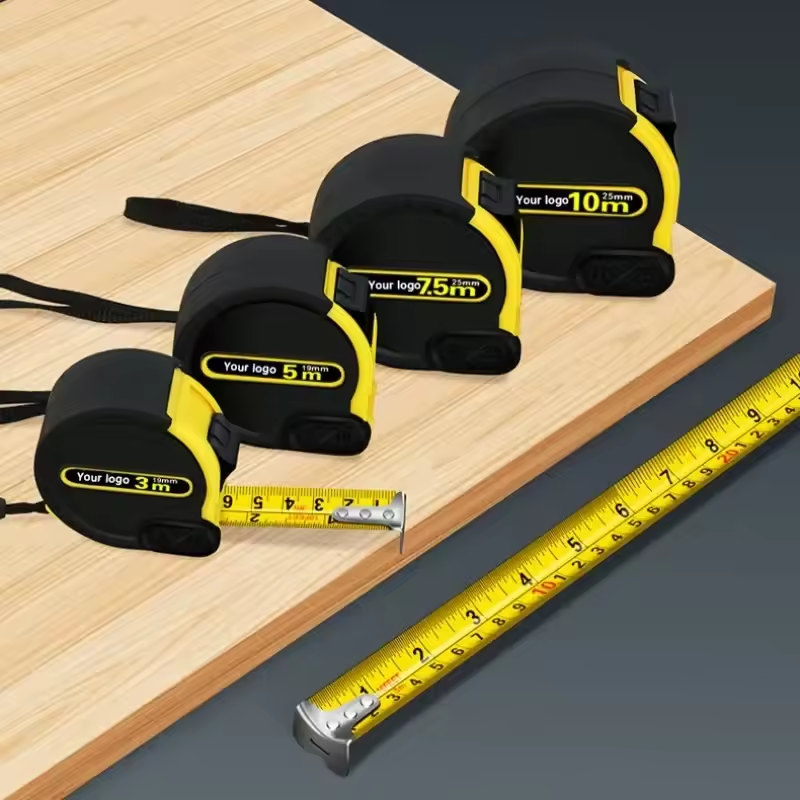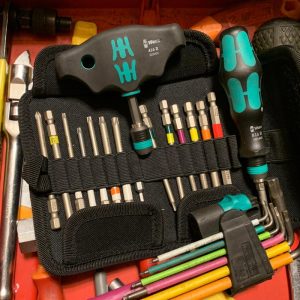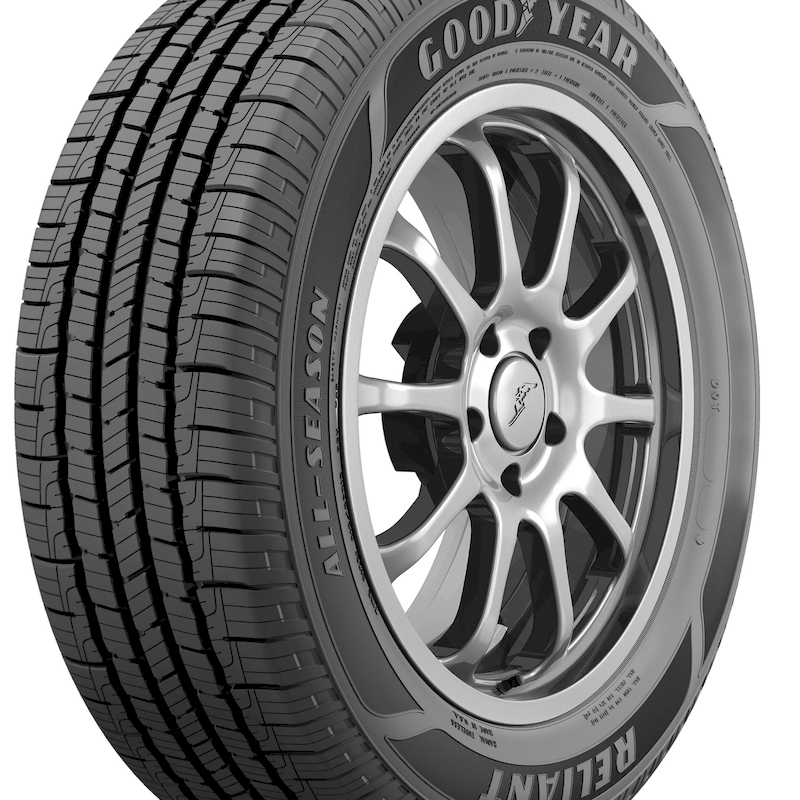
When it comes to maintaining and enhancing the durability of tires, one innovative solution has been gaining traction: foam filling. Learning how to foam fill tires not only extends the life of the tires but also offers benefits like puncture resistance and improved handling. Foam filling involves using a polyurethane foam that replaces the air inside a tire, thereby eliminating issues related to flat tires, blowouts, and excessive wear. This process can be particularly beneficial for vehicles that operate in rugged environments or for those constantly encountering sharp objects. Moreover, foam-filled tires provide a smoother ride compared to traditional pneumatic tires. In this comprehensive guide, we will explore the ins and outs of how to foam fill tires, including the tools needed, the step-by-step process, the benefits and drawbacks, and expert tips for achieving the best results.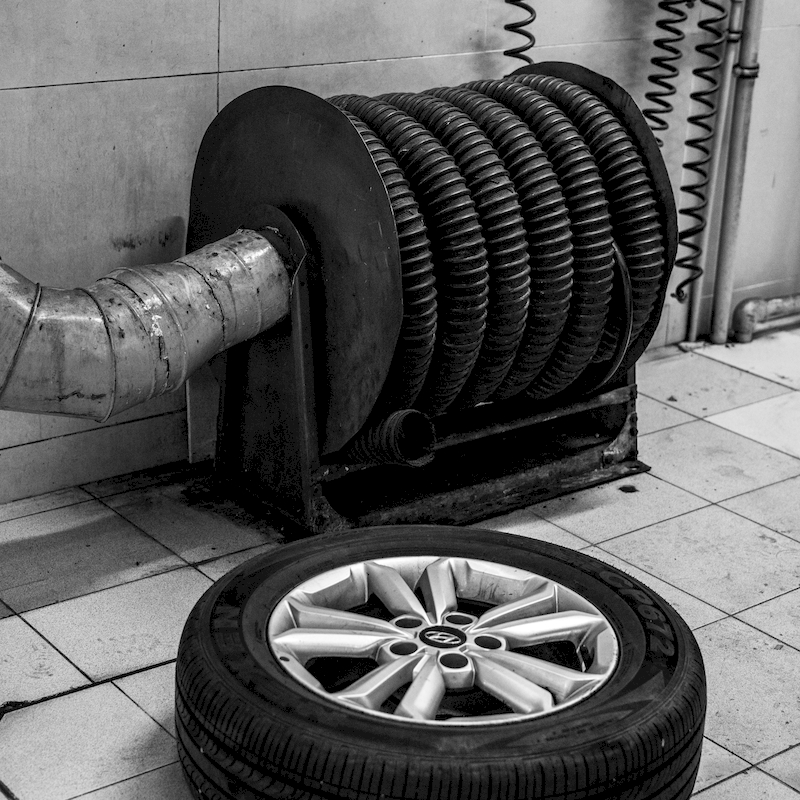
What Is Foam Filling and Its Benefits
Before we dive into how to foam fill tires, it’s helpful to understand the concept behind foam filling and the advantages it offers.
Understanding Foam Filling
Foam filling involves injecting a specific type of polyurethane foam into a tire that replaces air. When the foam cures, it creates a solid, lightweight structure that provides the necessary support for the tire while eliminating the risk of punctures, blowouts, or air leaks. This method is commonly used in various applications, including agricultural equipment, construction vehicles, and off-road machines.
Advantages of Foam-Filled Tires
There are several benefits to foam filling tires, including:
- Puncture Resistance: Foam-filled tires are virtually impervious to punctures. Whether it’s a nail, glass shard, or other sharp objects, the foam prevents sudden air loss, contributing to enhanced safety.
- Reduced Maintenance: Since foam-filled tires don’t require air inflation, the need for regular pressure checks is eliminated. This results in less time spent on tire maintenance, especially for vehicles used in challenging terrains.
- Improved Stability: The solid foam structure enhances lateral stability, which can significantly improve handling and traction on rough surfaces.
- Extended Tire Life: Foam filling reduces wear and tear on tires, often leading to a significantly extended lifespan. This can result in long-term cost savings for vehicle owners.
- Better Ride Quality: Foam-filled tires generally provide a smoother ride compared to traditional air-filled tires, minimizing vibrations and enhancing overall comfort.
Tools and Materials Needed for Foam Filling
Now that we understand the benefits of foam filling, it’s essential to equip ourselves with the right tools and materials before diving into how to foam fill tires.
Essential Tools
Here are the primary tools you’ll need:
- Foam Filling Kit: A commercially available foam filling kit specifically made for tires comes with all necessary components, including the foam and an application nozzle.
- Tape Measure: Use a tape measure to ensure you have accurate measurements before starting the filling process.
- Tire Pressure Gauge: Check the initial air pressure of the tire before filling it with foam to measure any discrepancies later.
- Air Compressor: To deflate the tire entirely, an air compressor will come in handy.
- Safety Gear: Always wear gloves and safety goggles when handling foam and working with tires.
Necessary Materials
The materials required include:
- Foam Product: Polyurethane foam suitable for tire filling. It’s crucial to choose a high-quality foam that is designed specifically for tires.
- Sealant (optional): Depending on the tire’s condition, you may want to have some sealant on hand for minor repairs.
Arming yourself with these tools and materials will ensure that the foam filling process is carried out efficiently and safely.
Step-by-Step Process on How to Foam Fill Tires
After gathering the necessary tools and material, it’s time to learn how to foam fill tires effectively. Here’s a comprehensive step-by-step guide that will take you through the entire process.
Step One: Preparation
Before you begin, prepare the work environment:
- Park the vehicle on a flat, stable surface away from traffic.
- Ensure you have enough space and lighting to work comfortably.

Step Two: Remove the Tire (if necessary)
For many, it may be easier to foam fill tires once they have been removed from the vehicle:
- Use a jack to lift the vehicle and secure it with jack stands.
- Loosen the lug nuts with a wrench and carefully remove the tire from the wheel hub.
- Place the tire on a flat work surface.
Step Three: Deflate the Tire
Using an air compressor or a tire deflator, remove all air from the tire:
- Check the tire pressure with a gauge to ensure it is entirely deflated.
- Ensure that no air remains by pressing down on the tire to release any trapped air.
Step Four: Clean the Tire
Before applying foam:
- Inspect the tire for any visible damage or cracks.
- Clean the interior of the tire to remove debris, dirt, and moisture.
Step Five: Prepare the Foam
Next, prepare the foam according to the product’s specific instructions:
- Shake the foam canister if necessary, and attach the nozzle securely.
- Ensure that the nozzle is free from blockages for a smooth application.
Step Six: Begin Foam Filling
Now comes the important part—applying the foam:
- Insert the nozzle into the valve stem of the tire.
- Begin to fill the tire with foam, filling it gradually while keeping the pressure consistent.
- Monitor closely as you fill, allowing the foam to spread evenly.
Step Seven: Monitor Foam Expansion
Foam expands once injected into the tire, filling in all available spaces:
- Fill until the tire is firm, but avoid overfilling that might lead to foam protrusion out of the tire.
- If your foam filling kit has a gauge, use it to gauge the filling level.
Step Eight: Allow the Foam to Cure
After filling the tire, it’s crucial to let the foam cure:
- Follow the foam manufacturer’s instructions for curing time. Typically, it takes a few hours for the foam to set completely.
- Ensure that the tire is kept in a dry, well-ventilated area during the curing process.
Step Nine: Reinstall the Tire
Once the foam has cured completely:
- If you removed the tire, reconnect it to the wheel hub.
- Tighten the lug nuts securely and lower the vehicle back to the ground.
Step Ten: Final Check and Inflation
Once the tire is reinstalled:
- Check for any potential leaks or foam overflow.
- If recommended by the foam filling instructions, inflate the tire to ensure proper firmness and balance.
Maintenance for Foam-Filled Tires
After completing the process of how to foam fill tires, it’s essential to maintain them for optimal performance. While maintenance is less intensive than traditional tires, some care is still necessary.
Regular Inspections
Regularly inspect foam-filled tires for:
- Signs of wear or damage.
- Check the foam structure visually to confirm it remains intact without leaks.
Checking Pressure
Though foam-filled tires do not need frequent pressure checks, it’s wise to monitor occasionally:
- Check the pressure periodically to ensure the foam hasn’t displayed any unusual changes.
- Maintain the recommended tire pressure as stated by the vehicle manufacturer.
Cleaning
Keep the tires clean:
- Regularly wash off dirt and grime to prevent accumulation, especially if the vehicle operates in rugged terrains.
- Maintaining cleanliness will enhance the tires’ visual appeal and performance.
Challenges and Considerations When Foam Filling Tires
While foam filling provides numerous benefits, it also comes with certain challenges and considerations to keep in mind.
Costs of Foam Filling
Foam filling can be more expensive compared to traditional tire services. The initial investment involves purchasing equipment and foam materials, which may exceed conventional costs associated with maintaining regular air-filled tires. However, the long-term savings due to reduced flat tires can offset the upfront investment.
Limits on Tire Types
Not all tires are suitable for foam filling. Standard road tires may not benefit significantly, while specialty tires, such as those for construction equipment or agricultural vehicles, are better candidates for foam filling. Research which tires work best with foam filling before beginning the process.
Permanent Solution
Foam-filled tires are often regarded as a permanent solution. Therefore, once you foam fill a tire, it may not be feasible to revert it back to traditional air-filled status. This is crucial for those who might want to change tire types or sizes in the future.
Weight Considerations
Foam-filled tires tend to be heavier than their air-filled counterparts. The added weight may impact fuel economy and overall handling. Be sure to consider your vehicle’s specifications when deciding on foam filling.
Alternatives to Foam Filling
While foam filling is an excellent solution, there are various alternatives worth considering. Here are a few options:
Tire Sealants
Tire sealants are a popular alternative that can seal punctures and slow leaks. Unlike foam, they don’t replace air but cover small holes, preventing air loss. Tire sealants can be added easily through the valve stem.
Solid Tires
Solid tires are another option, especially for certain applications like construction or industrial vehicles. These tires are entirely made of rubber or composite materials, eliminating issues related to air pressure or punctures.
Airless Tires
Airless tires are engineered to prevent flat tires altogether. These tires employ a unique design, supporting the vehicle without the need for air. They have gained popularity in certain sectors, particularly in industrial applications.
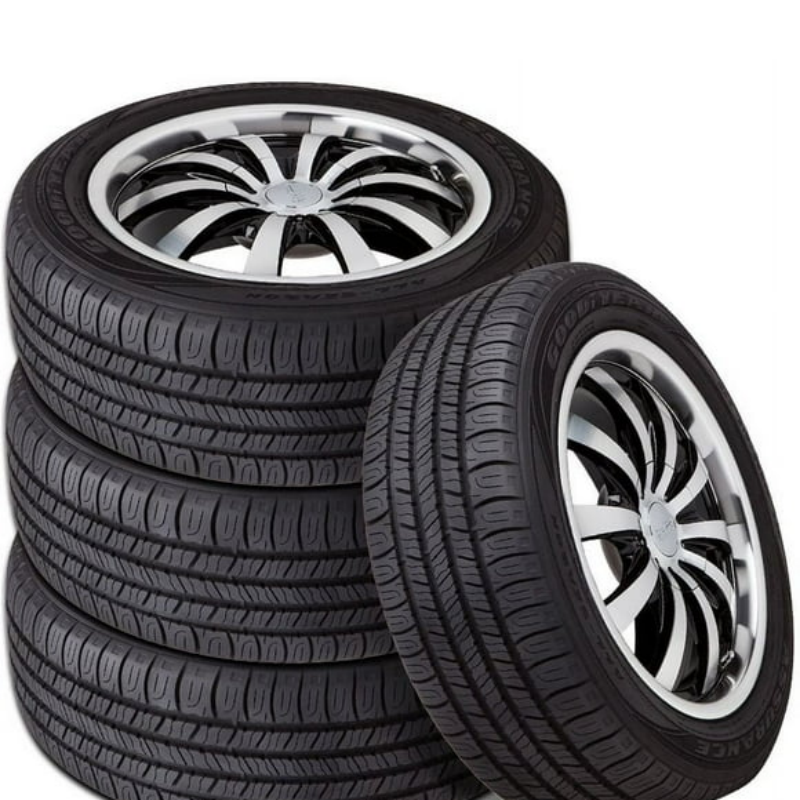
Conclusion
Learning how to foam fill tires presents a proactive approach to improving tire durability and enhancing vehicle performance. Foam filling eliminates air-related issues, reduces maintenance, and offers superior ride quality, particularly for those who navigate rough terrains. Although there are challenges, such as costs and weight considerations, the potential long-term benefits often outweigh these drawbacks.
By following the step-by-step guide outlined in this article, you can effectively foam fill your tires, providing an innovative and durable solution to tire wear and maintenance. As with any tire-related endeavor, proper preparation and regular inspection are key to maximizing the benefits of foam-filling tires. Ultimately, making the right choice for your vehicle’s tires can lead to safer and more enjoyable driving experiences for years to come.
